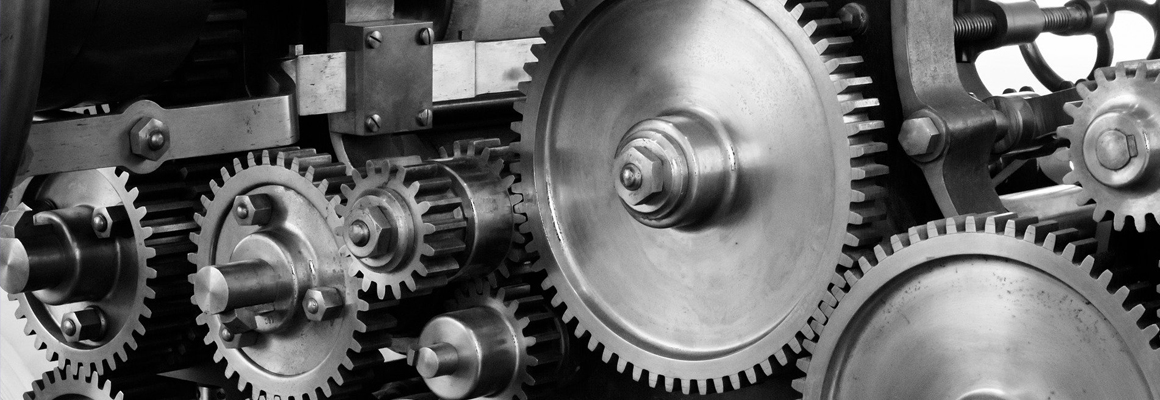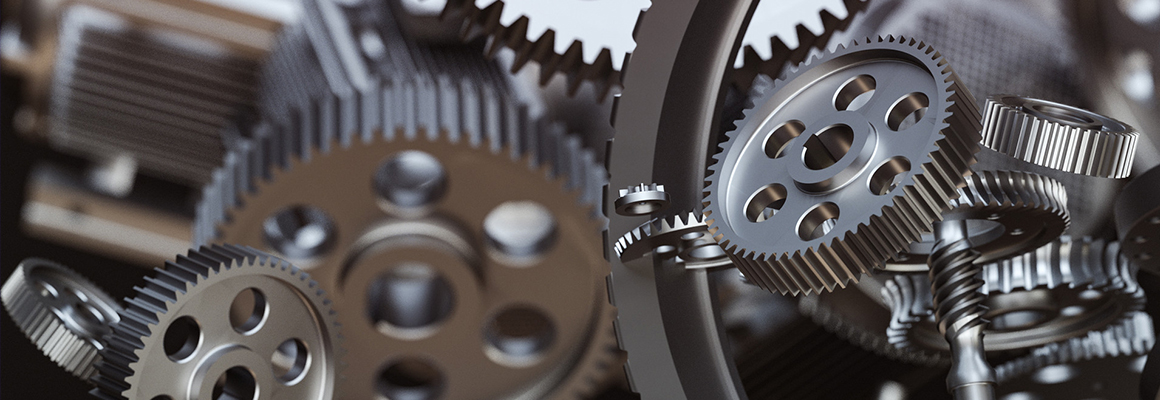Is Lost Foam Casting the Future of Manufacturing?
Lost foam casting is revolutionizing the manufacturing industry, providing innovative solutions for creating complex parts with high accuracy. If you're wondering about the ins and outs of this process and whether it could be the future of manufacturing, read on. This article will guide you through understanding lost foam casting, how it works, and its potential advantages.
If you are looking for more details, kindly visit What Is The Lost Foam Casting Process Also Known As?.
What Is Lost Foam Casting?
Lost foam casting, also known as evaporative-pattern casting, is a manufacturing process that involves using a foam pattern to create molds for metal casting. In this technique, a foam model is coated with a refractory material, which is then heated to remove the foam, leaving a mold in which molten metal is poured.
Step 1: Understanding the Process
To grasp how lost foam casting works, it's essential to know its basic components: foam patterns, coatings, and the molten metal.
- Foam Patterns: Made from polystyrene or similar materials, these patterns are created to replicate the desired part precisely.
- Coatings: A mixture of sand and a binding agent is used to coat the foam. This layer must be heat-resistant for the process to work effectively.
- Molten Metal: Once the foam is removed, the mold is filled with molten metal, which solidifies to form the part.
This process is particularly beneficial for producing complex shapes that traditional methods struggle with.
Step 2: Preparing the Foam Pattern
The creation of the foam pattern is a critical step in the lost foam casting process.
- Manufacturing: Use CNC machines or molding techniques to produce accurate foam patterns that reflect the geometry of the final product.
- Coating: After shaping, apply the heat-resistant coating to protect the foam during the casting phase.
For instance, if you are manufacturing automotive components, the foam pattern should be an exact replica of the part to ensure precision.
Step 3: Coating and Preparing the Mold
Once the foam patterns are prepared, time to move on to the coating and mold preparation.
- Applying Coating: Douse the foam pattern with a mixture of sand and bonding material until evenly coated.
- Drying: Allow the coating to cure properly. This is crucial as it must successfully withstand the heat of the molten metal.
This step is particularly vital in applications like aerospace manufacturing where parts require exact specifications and strength.
Step 4: Removal of the Foam
After the coating is dry, the foam pattern must be removed to form the mold.
- Heating Process: Heat the mold in a controlled environment. The heat dissipates the foam, leaving behind a cavity for the metal.
- Mold Preparation: Inspect the mold for any impurities or issues before metal pouring.
This step ensures the mold is ready for higher precision manufacturing in industries where quality standards are strict, such as medical device production.
Step 5: Pouring the Molten Metal
Now comes one of the most crucial steps: pouring the molten metal into the mold.
- Metal Pouring: Pour the molten metal quickly and carefully into the mold cavity, ensuring to fill it completely to avoid defects.
- Cooling: Allow the metal to cool and solidify in the mold.
This step can save time and costs in large-scale manufacturing operations since lost foam casting minimizes post-processing.
Further reading:Top Wholesale Suppliers of Small Rechargeable Batteries
Step 6: Finishing the Part
What Are the Benefits of Ceramic Fiber Flexible Fireproof Wrapping?
Fluorine Lined Ball Valve: The Ultimate Guide to Choosing the Best
After the metal has cooled, the final step is to finish the part.
- Mold Breakdown: Break apart the mold to retrieve the newly cast part. Inspect it for any imperfections.
- Finishing Touches: Depending on the application, it may require further processing like machining or surface treatments.
This process is effective for creating intricate designs and can cater to diverse applications ranging from art to industrial use.
Advantages of Lost Foam Casting
Lost foam casting offers several advantages over traditional methods. Its capability to create complex shapes reduces material waste, improves dimensional accuracy, and allows for lower overall production costs. Manufacturers in industries such as automotive, aerospace, and even art find this method beneficial. By making the best use of materials and providing high-quality outputs, lost foam casting indeed seems to be the future of manufacturing.
In conclusion, lost foam casting is a promising manufacturing process that stands out due to its efficiency and accuracy. Understanding how to effectively execute each step can significantly enhance your production capabilities, whether in small or large-scale manufacturing. This method's unique characteristics enable it to play a vital role in the future of various industries, paving the way for innovative product designs and enhanced manufacturing practices.
Lost foam casting is revolutionizing the manufacturing industry, providing innovative solutions for creating complex parts with high accuracy. If you're wondering about the ins and outs of this process and whether it could be the future of manufacturing, read on. This article will guide you through understanding lost foam casting, how it works, and its potential advantages.
What Is Lost Foam Casting?
Lost foam casting, also known as evaporative-pattern casting, is a manufacturing process that involves using a foam pattern to create molds for metal casting. In this technique, a foam model is coated with a refractory material, which is then heated to remove the foam, leaving a mold in which molten metal is poured.
Step 1: Understanding the Process
To grasp how lost foam casting works, it's essential to know its basic components: foam patterns, coatings, and the molten metal.
- Foam Patterns: Made from polystyrene or similar materials, these patterns are created to replicate the desired part precisely.
- Coatings: A mixture of sand and a binding agent is used to coat the foam. This layer must be heat-resistant for the process to work effectively.
- Molten Metal: Once the foam is removed, the mold is filled with molten metal, which solidifies to form the part.
Step 2: Preparing the Foam Pattern
The creation of the foam pattern is a critical step in the lost foam casting process.
- Manufacturing: Use CNC machines or molding techniques to produce accurate foam patterns that reflect the geometry of the final product.
- Coating: After shaping, apply the heat-resistant coating to protect the foam during the casting phase.
For instance, if you are manufacturing automotive components, the foam pattern should be an exact replica of the part to ensure precision.
Step 3: Coating and Preparing the Mold
Once the foam patterns are prepared, time to move on to the coating and mold preparation.
- Applying Coating: Douse the foam pattern with a mixture of sand and bonding material until evenly coated.
- Drying: Allow the coating to cure properly. This is crucial as it must successfully withstand the heat of the molten metal.
This step is particularly vital in applications like aerospace manufacturing where parts require exact specifications and strength.
Step 4: Removal of the Foam
After the coating is dry, the foam pattern must be removed to form the mold.
- Heating Process: Heat the mold in a controlled environment. The heat dissipates the foam, leaving behind a cavity for the metal.
- Mold Preparation: Inspect the mold for any impurities or issues before metal pouring.
For more information, please visit Plate Chain Bucket Elevator.
215
0
0
All Comments (0)
Previous: Quali vantaggi offrono le linee di gocciolamento cilindriche?
Next: What Factors Influence Your Hose Fitting Purchase Decisions?
If you are interested in sending in a Guest Blogger Submission,welcome to write for us!




Comments